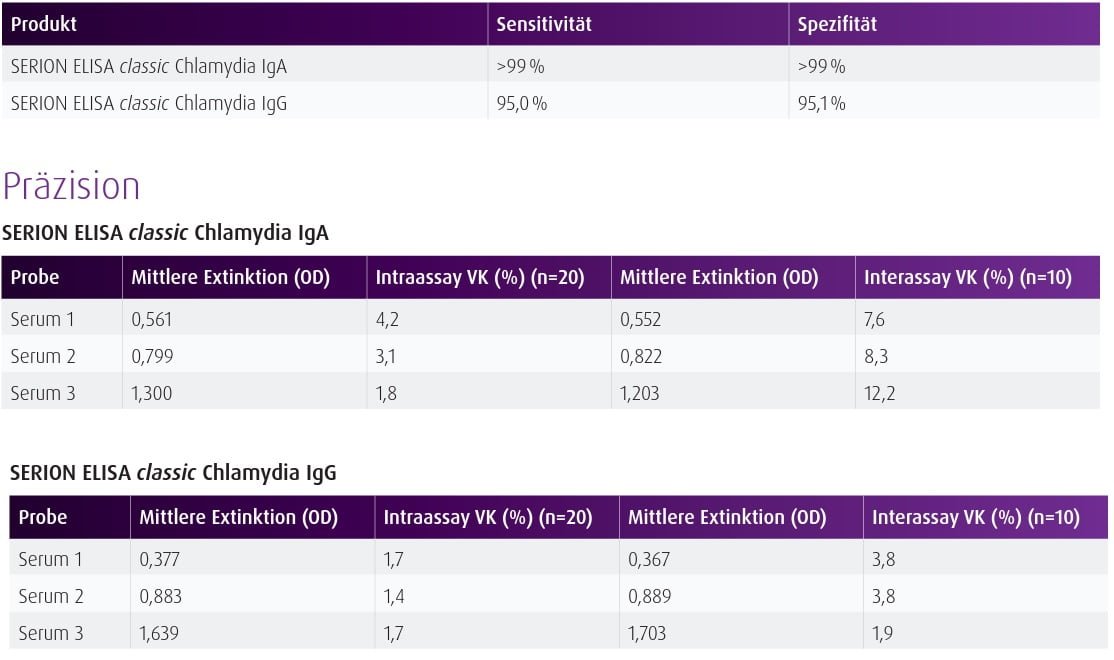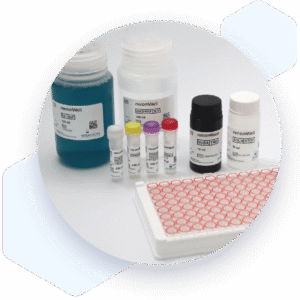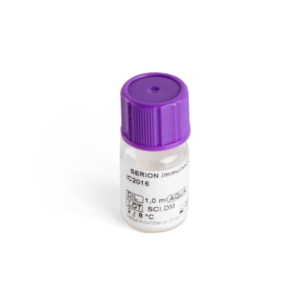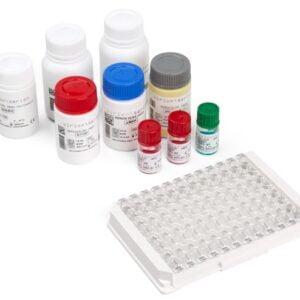| Weight | 1 lbs |
|---|---|
| Dimensions | 9 × 5 × 2 in |
| target | Chlamydia pneumoniae reactive IgA |
| species reactivity | Chlamydia pneumoniae |
| applications | ELISA |
| assay type | Indirect & quantitative |
| available sizes | 96 tests |
Chlamydia pneumoniae IgA ELISA Kit ESR1371A
$364.00
Summary
- Virion/Serion Diagnostic Kit for research use (RUO)
- Chlamydia pneumoniae IgA ELISA Kit
- Suitable for IgA detection
- Ready-to-use
- 96 tests
Chlamydia pneumoniae IgA ELISA Kit ESR1371A
| kit | ||||||||||||||||||
|---|---|---|---|---|---|---|---|---|---|---|---|---|---|---|---|---|---|---|
| Assay type Indirect ELISA | ||||||||||||||||||
| Research area Infectious Disease | ||||||||||||||||||
| Sample type Serum, plasma, whole blood | ||||||||||||||||||
Components
| ||||||||||||||||||
| Storage Store at 2-8°C. | ||||||||||||||||||
| Associated products Chlamydia trachomatis EB + RB Antigen (BA1372VSER) Chlamydia trachomatis MOMP Antigen (BA1372VSR2) Chlamydia trachomatis IgA Control Serum (BC1372A) Chlamydia trachomatis IgG Control Serum (BC1372G) Chlamydia trachomatis IgM Control Serum (BC1372M) Chlamydia trachomatis IgA ELISA Kit (ESR1372A) Chlamydia trachomatis IgG ELISA Kit (ESR1372G) Chlamydia trachomatis IgM ELISA Kit (ESR1372M) Chlamydia IgA ELISA Kit (ESR137A) |
| target relevance |
|---|
| Organism Chlamydia pneumoniae |
| Protein names Chlamydia pneumoniae |
| Structure and strains Chlamydia pneumoniae is a species of Chlamydia, an obligate intracellular bacterium that infects humans and is a major cause of pneumonia. It was known as the Taiwan acute respiratory agent (TWAR) from the names of the two original isolates Taiwan (TW-183) and an acute respiratory isolate designated AR-39. Briefly, it was known as Chlamydophila pneumoniae, and that name is used as an alternate in some sources. In some cases, to avoid confusion, both names are given. |
| Detection and diagnosis Diagnosis of a Chlamydia pneumoniae infection is usually based on serological analysis by detection of specific serum antibodies. In the past, the microimmunofluorescence (MIF) test has been used as a reference method. However, it is increasingly replaced by species-specific ELISA tests, which allow for better standardization and automation. Seroprevalence rates rise rapidly in preschool age and reaches >50% after adolescence. Later on in life, the prevalence of C. pneumoniae increases even further due to frequently reoccurring infections and due to its propensity to lead to chronic disease. Beyond 65 years of age, seroprevalence may reach 70-100%. Seroprevalence rates for IgA are barely lower (approximately 60-70%) than for IgG |
Data
Publications
| pmid | title | authors | citation |
|---|---|---|---|
| We haven't added any publications to our database yet. | |||
Protocols
| relevant to this product |
|---|
| ESR1371A protocol |
Documents
| # | ||
|---|---|---|
| Please enter your product and batch number here to retrieve product datasheet, SDS, and QC information. | ||
Only logged in customers who have purchased this product may leave a review.





Reviews
There are no reviews yet.